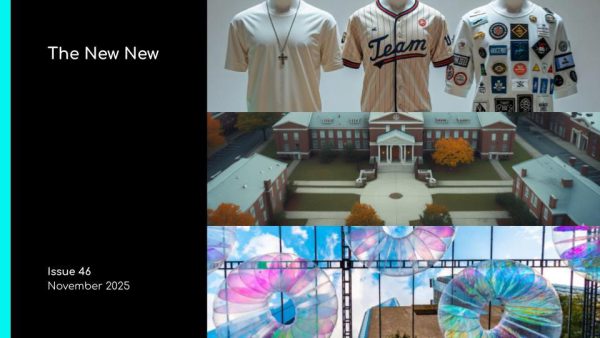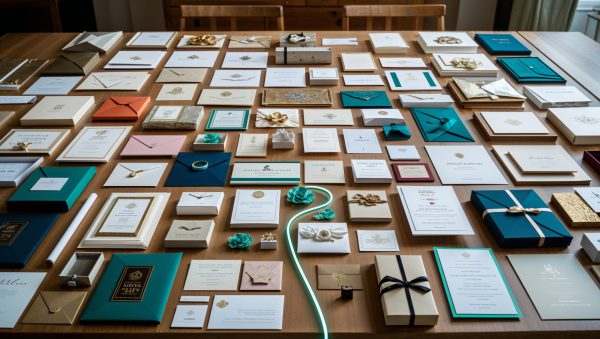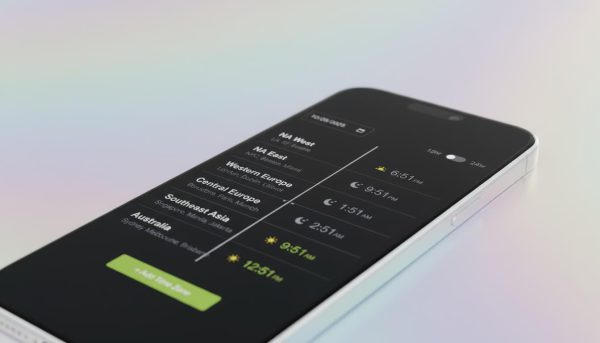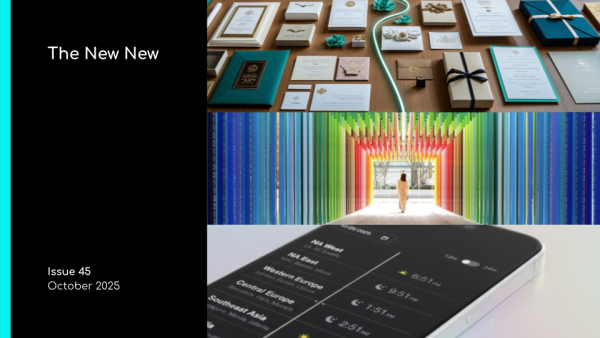Festivalization is transforming how we build events.

They’re the hallmark of large-scale music festivals, with themes like community, creativity, food, fashion, tap and share, and they’re infiltrating business events, reinvigorating attendee bases and attracting millennial prospects who prefer experiences, touchpoints and connections at events. It’s not just about music. Festivals have gotten it right with their seamless registration and entry mechanisms and people management, their social media amplification strategies, and with communications and branding that binds fans together.
In the b‑to‑b event world, meetings that were once ballroom-based have moved into hip venues, have incorporated the outdoors, have a choose-your-own-adventure kind of schedule, entertainment and thoughtful food and beverage. Google I/O famously transformed its eight-year-old developer’s conference this past year, moving it from inside Moscone convention center to outside at a 10-acre amphitheater property, where the event took on a “Burning Man” vibe with creative structures, tents, bubbles, food and beer trucks and more. The PCMA’s annual conference last year added a meetup-friendly “Global Coffee House” with an “open mic” for delivering content. Creative zones with “thinking putty” completed the vision. On the b‑to‑c side, Subaru recently elevated its longstanding WinterFest mountain-side hospitality program to engage skiers and snowboarders by adding chalet-style builds, observation decks and a performance stage for local talent.
Expect more annual meetings and shows to market themselves as “festivals,” and expect those meetings and shows to incorporate more moments for community, like co-created artwork, inspiring food offerings, happy hours with purpose. Festivalization is about a movement and many, many, of your event attendees that are influenced by it. According to a recent Billboard study, 32 million people went to at least one music festival in the U.S. in 2016—a figure that is expected to rise.






